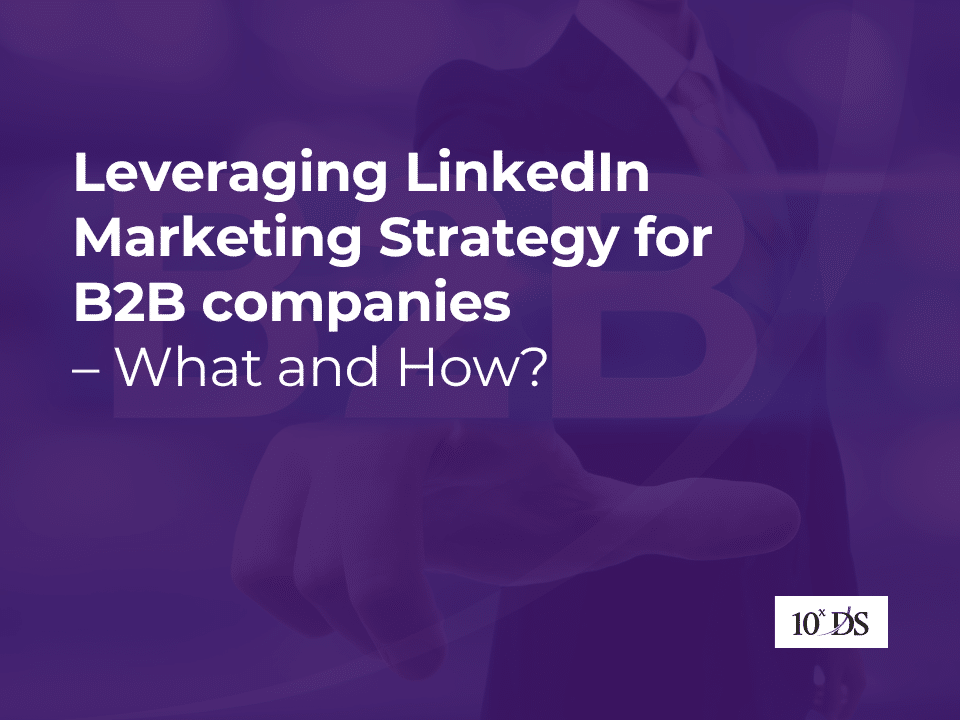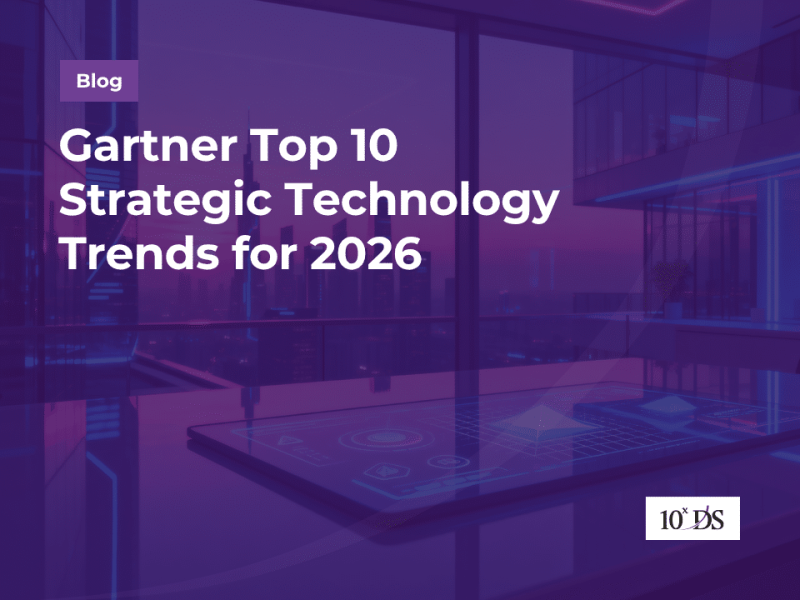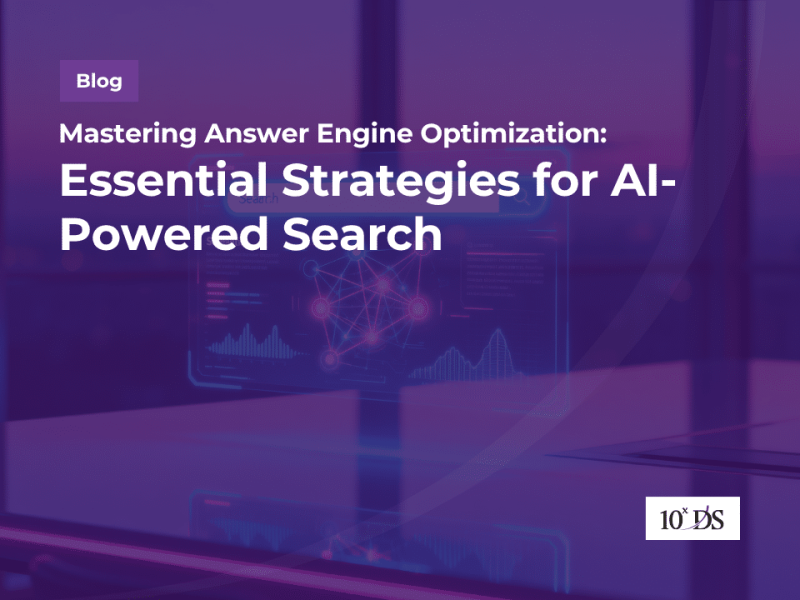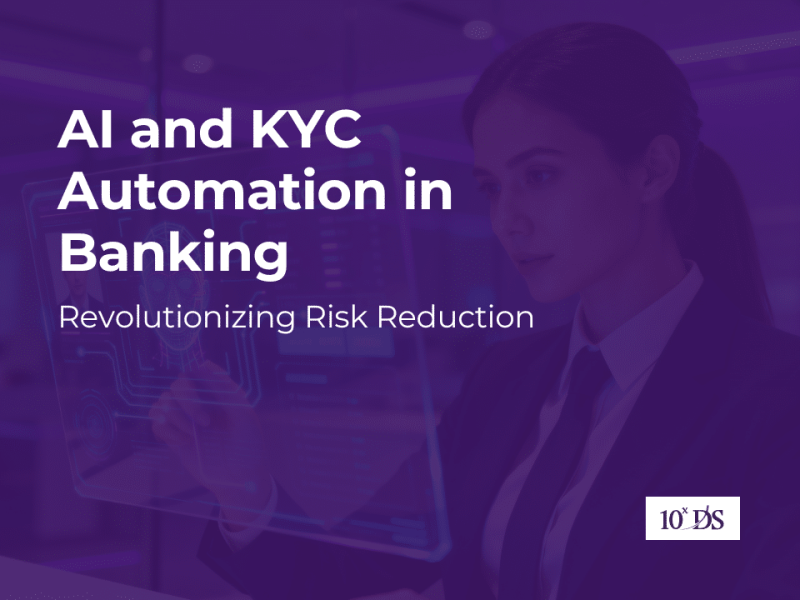
Leveraging LinkedIn Marketing Strategy for B2B companies – What and How?
A social media marketing strategy outlines how a business will use social platforms to achieve its marketing goals, engage its audience, and grow its brand, making it essential for both B2B and B2C companies. For B2B, it helps build relationships, generate leads, and establish authority in the industry, while for B2C, it focuses on directly engaging consumers, promoting products, and creating brand loyalty. By sharing relevant content, fostering engagement, and leveraging the power of social media networks, companies in both sectors can drive brand awareness and achieve measurable business outcomes. For example, a B2B software company may share case studies to attract potential clients, while a B2C fashion brand could use social media to showcase new collections and engage directly with consumers.
Multiple social media platforms like Facebook, Instagram, Twitter, and YouTube have proven effective for both B2B and B2C marketing, offering businesses diverse ways to reach their target audiences through content, advertising, and engagement. Each platform provides unique opportunities depending on the audience and business goals. However, when it comes to B2B marketing, LinkedIn stands out as the most ideal platform due to its professional focus and ability to connect directly with key decision-makers. LinkedIn offers advanced targeting options based on job titles, industries, and company size, which makes it highly effective for B2B marketing. Companies can use LinkedIn to showcase their expertise, network with potential clients, and run ads tailored to a business audience, ultimately driving more qualified leads and fostering valuable partnerships. However, a well-thought-out LinkedIn Marketing Strategy and execution is needed to garner real results. Let’s explore the major components of a LinkedIn Marketing Strategy.
Profile Optimization:
The first step is to ensure that the company’s LinkedIn profile is fully optimized. This includes a professional cover image, a clear company description, relevant keywords, and links to your website or other social channels. A well-optimized profile increases credibility and trust, making it easier for potential clients to learn about the business and its offerings. A strong company profile acts as the foundation for the brand presence on LinkedIn.
Content Strategy:
Developing a consistent content strategy is crucial. Businesses should share high-quality, valuable content such as blog posts, articles, case studies, videos, and industry insights. Sharing content regularly also helps maintain visibility and top-of-mind awareness with your audience, fostering ongoing engagement. The goal is to establish the brand as a thought leader and provide content that engages the target audience.
Audience Targeting:
LinkedIn allows businesses to target specific demographics like job titles, industries, company sizes, and locations. Tailoring the content and ads to these audiences ensures that the marketing efforts are reaching the right people, making it highly effective for B2B outreach. By focusing on niche audiences, businesses can create personalized content and offers that resonate more deeply with specific decision-makers.
Engagement and Networking:
Active engagement through comments, likes, and shares is essential for building relationships. Businesses can also participate in LinkedIn groups relevant to their industry, join conversations, and connect with key influencers and decision-makers. Regular interaction builds rapport and strengthens professional relationships, often leading to valuable collaborations or partnerships.
Paid Advertising:
LinkedIn offers a variety of paid advertising options like Sponsored Content, Sponsored InMail, and Text Ads. These ads help boost your reach and visibility among targeted business audiences, allowing companies to directly promote their services or products to decision-makers. Using LinkedIn’s advanced analytics, businesses can adjust their ad campaigns in real-time to ensure optimal results and return on investment.
Analytics and Reporting:
Tracking the performance of your LinkedIn marketing efforts is critical for optimization. LinkedIn offers analytics tools to measure engagement, impressions, and conversions, allowing companies to refine your strategy based on what’s working. Regularly reviewing metrics ensures that the marketing strategy evolves in alignment with the audience’s preferences and behaviors, helping improve long-term performance.
A real-world case study of LinkedIn marketing success is demonstrated by Hootsuite, a social media management platform. Hootsuite used LinkedIn to drive B2B lead generation by targeting key decision-makers and business professionals in the technology and marketing sectors. They optimized their company profile, shared industry insights, and used LinkedIn’s Sponsored Content to promote their whitepapers and eBooks. By leveraging LinkedIn’s advanced targeting options, Hootsuite was able to reach high-level executives and generate qualified leads at a lower cost per lead compared to other platforms. Their LinkedIn campaign resulted in a considerable increase in conversions, demonstrating the platform’s power for B2B engagement and lead generation.
In conclusion, a well-executed LinkedIn marketing strategy can be a game-changer for B2B businesses looking to build strong relationships, generate qualified leads, and position themselves as industry leaders. By optimizing their profiles, sharing valuable content, engaging with targeted audiences, and leveraging LinkedIn’s advanced advertising tools, companies can maximize their reach and visibility in the professional landscape. With real-world examples like Hootsuite demonstrating significant results, LinkedIn proves to be an invaluable platform for businesses aiming to grow and succeed in the competitive B2B space. Embracing these strategies can help businesses tap into a highly relevant and influential audience, ultimately driving long-term success.
Talk to our Digital Marketing Experts to learn more.


